
Investing in Art - The Art of Investing
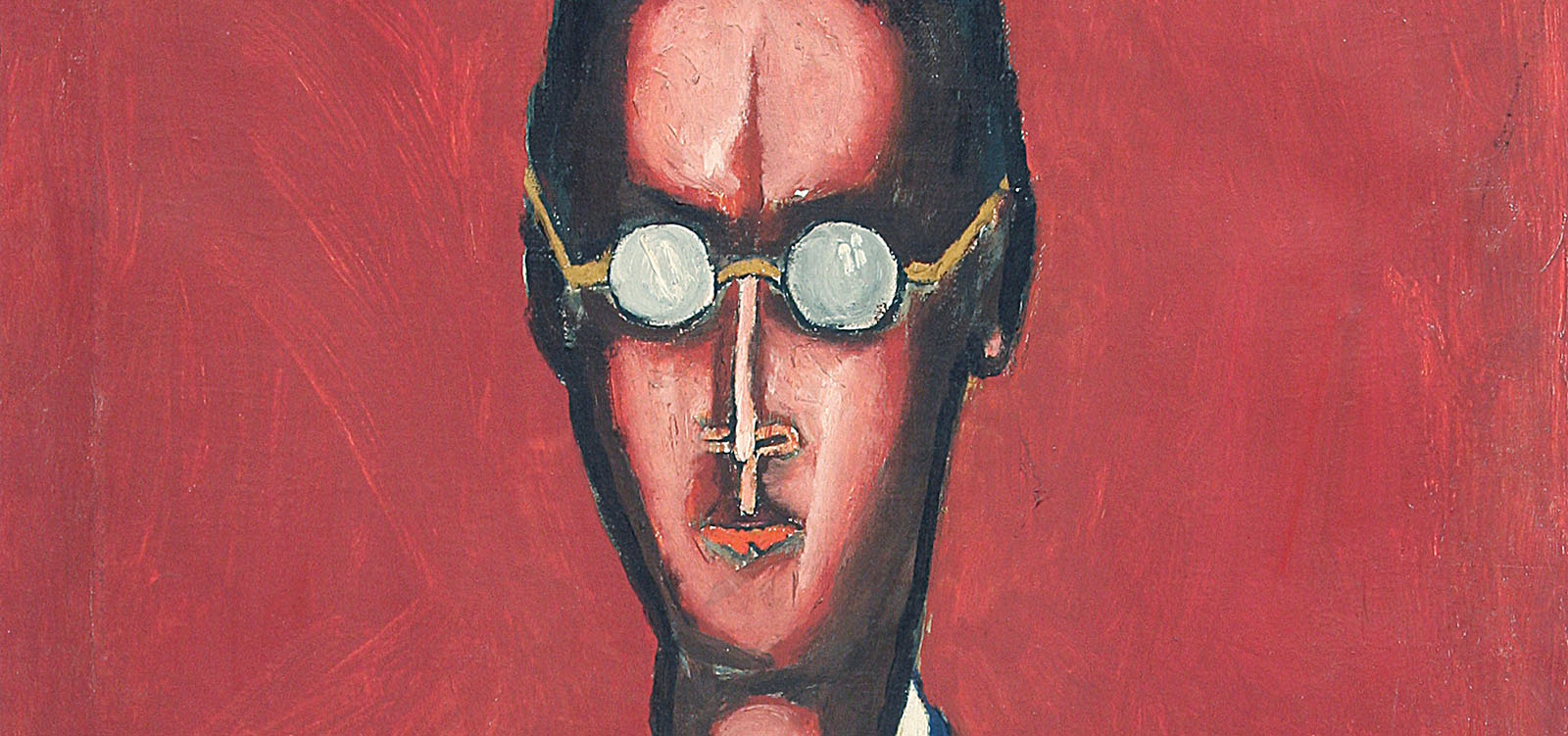
We create art collections

Art Consulting
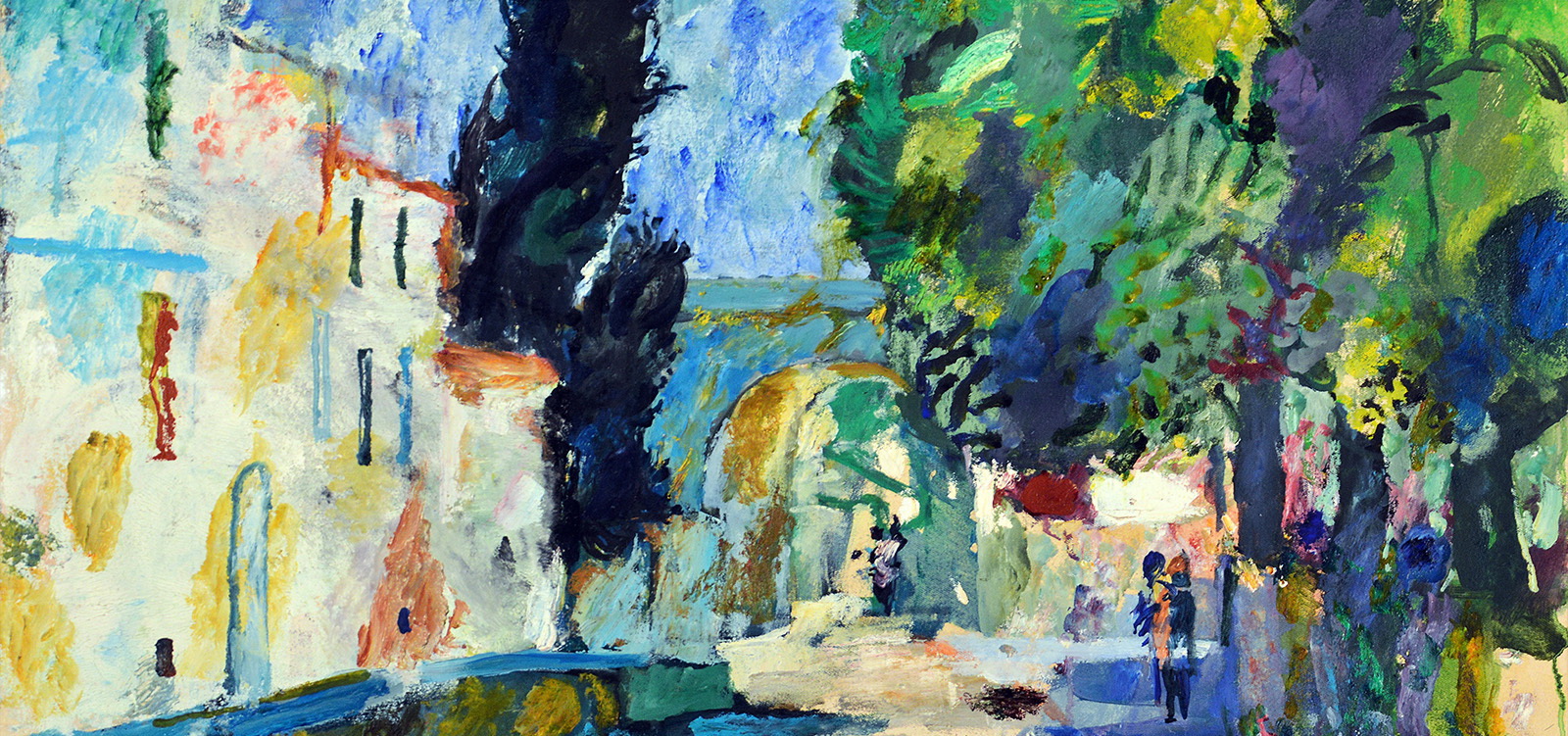
Arranging art collections
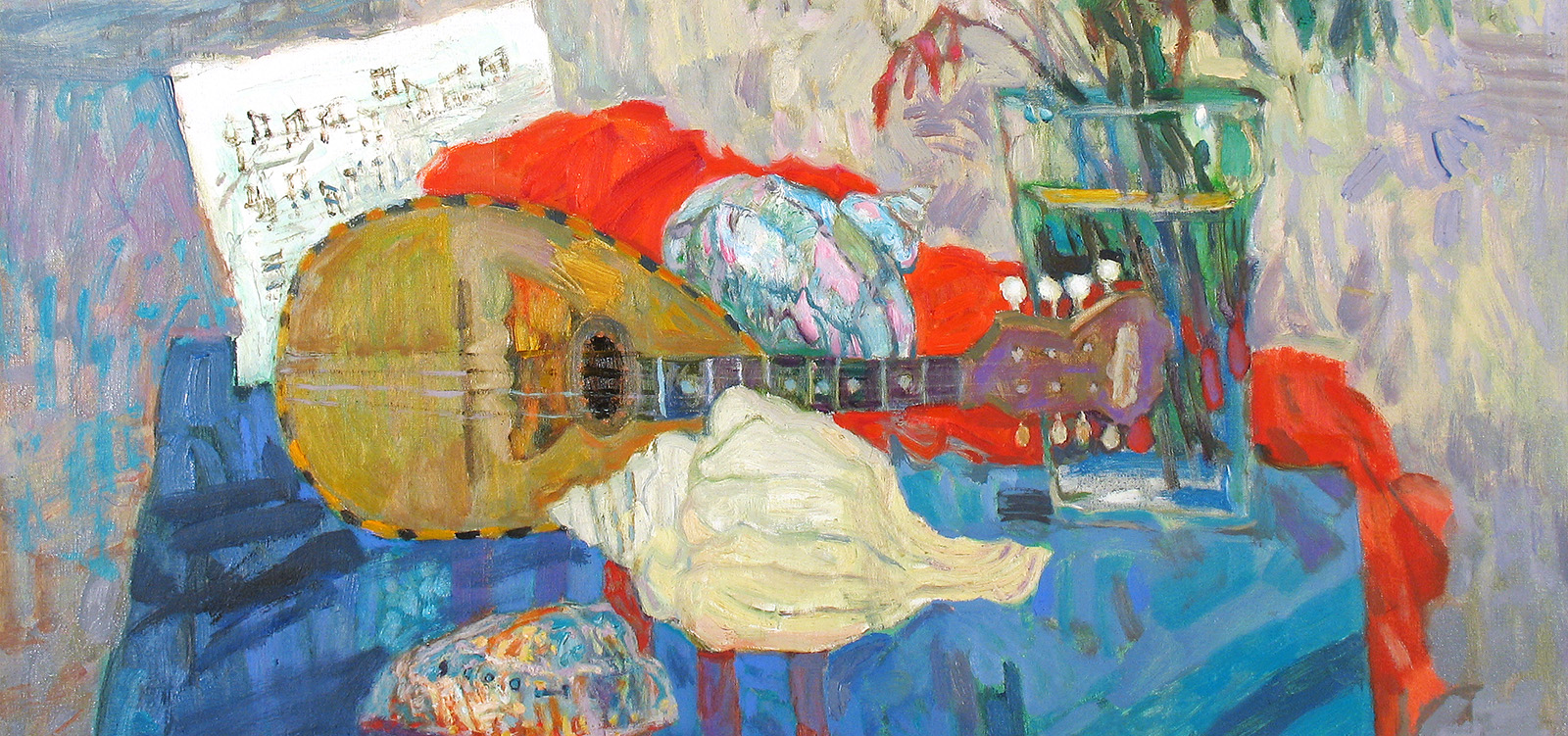
Cataloguing collections of works of art
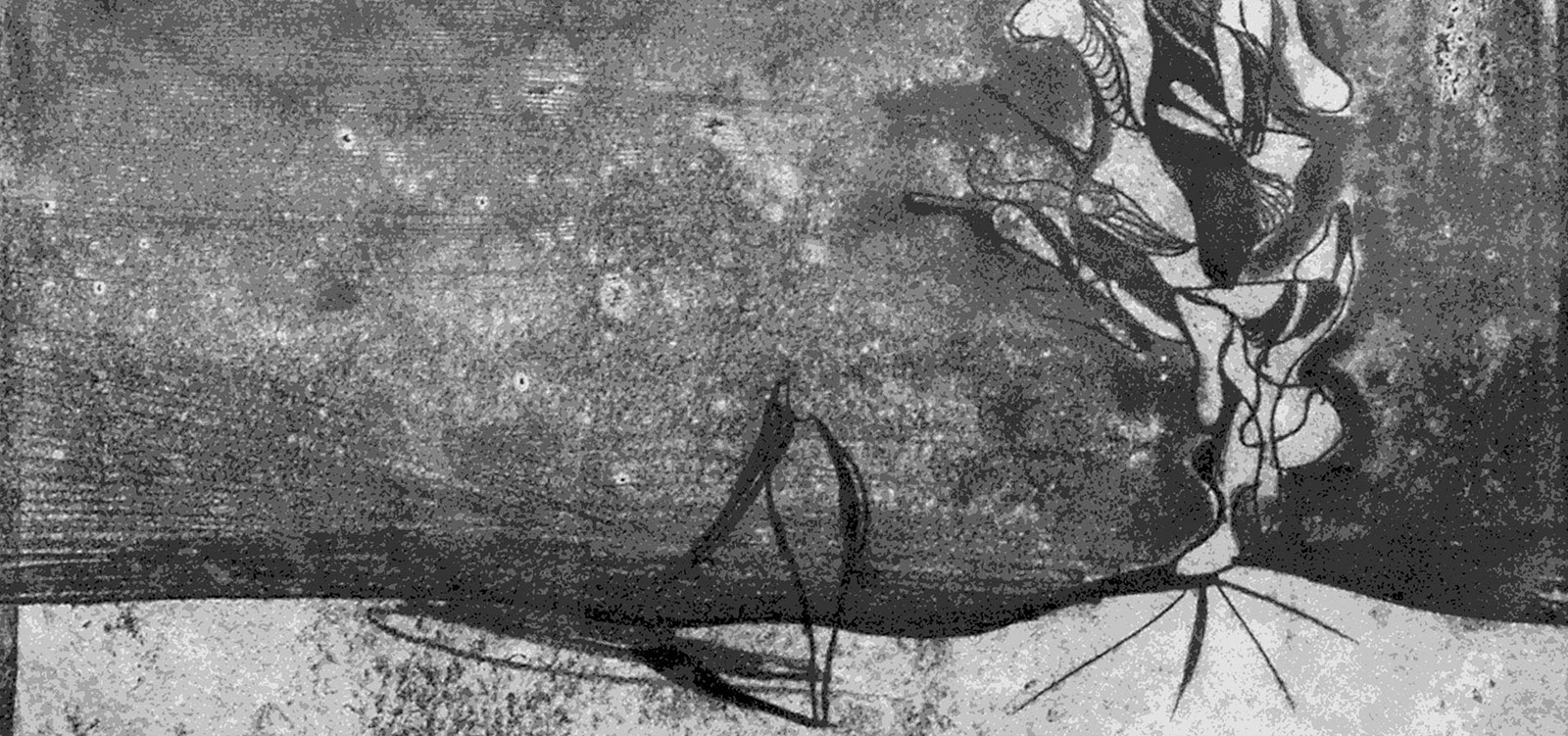
Consevation of works of art
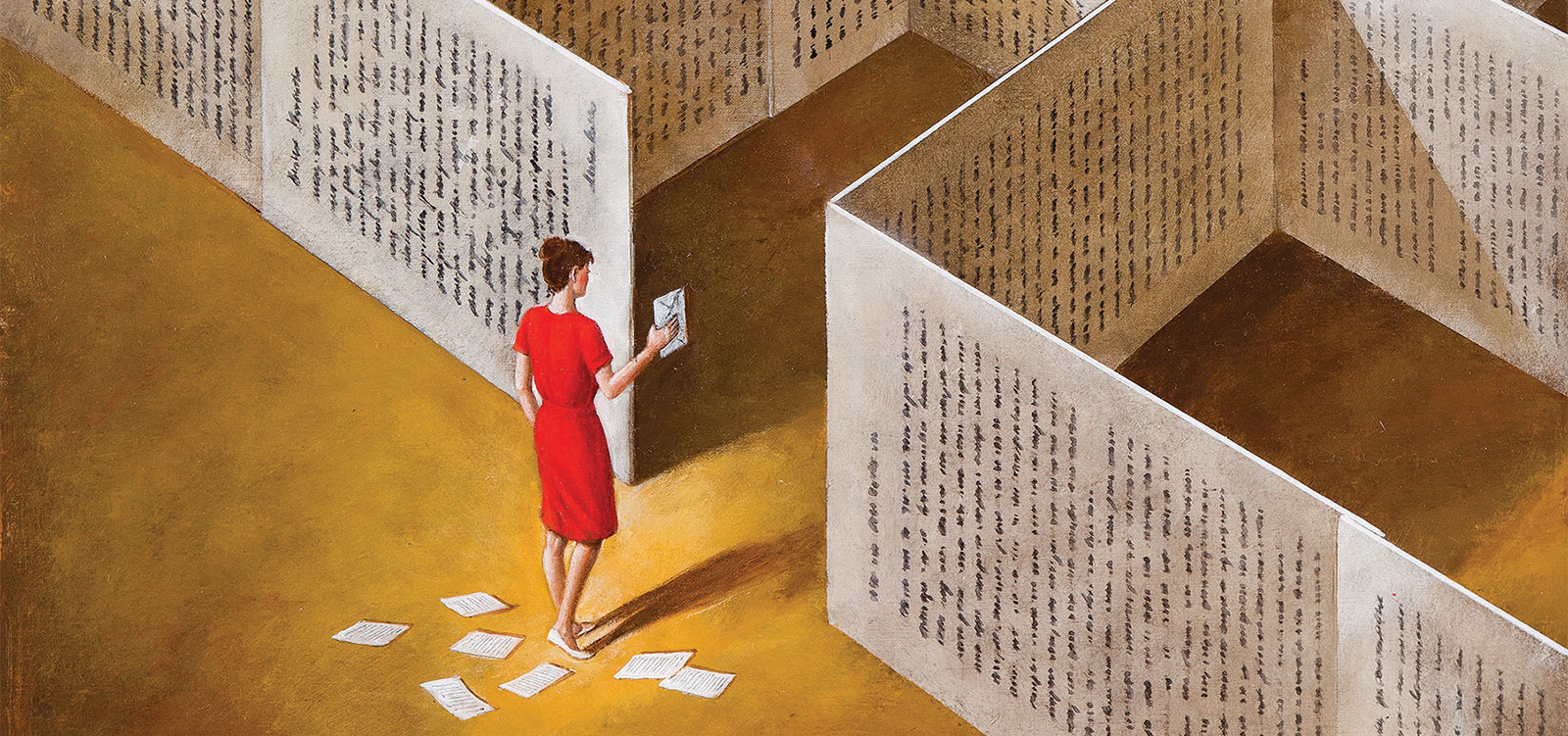
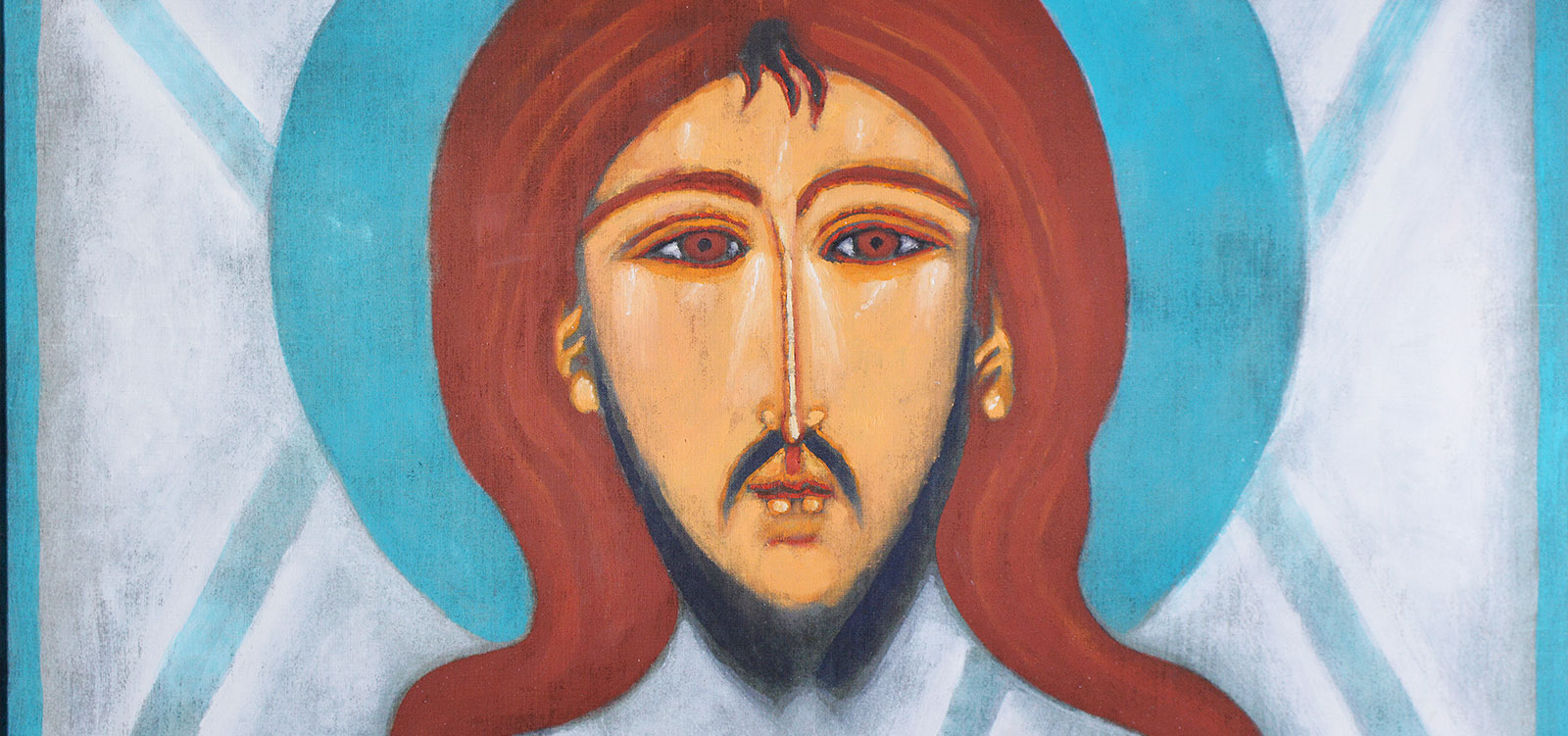
It is not often today that a young painter is a seeker in the sphere of thought; usually the palette or another means of artistic expression is enough. Another unusual characteristic, especially in young women is a very strong determination to become an artist and persevere at art. Both these features make Jolanta Johnsson stand out from her peers. Not only when she is successful, but also when she errs, seeks, finds, loses, when she conquers doubts and weaknesses with persistency. When she speaks about these things, she is expressively meaningful. Her artistic beginnings are a promise of a serious attitude, and already that is very important.
When she studied at the Warsaw Academy of Arts, it was graphic art and not painting that was her major area of interest. The straightforwardness and honesty of the technique, and the primacy of the drawing over color are still present in her work even now, when she has finally decided that her place is in front of an easel. This is not a fault, quite the opposite, this can be a good and honest stepping stone, because graphic art teaches candor and simplicity. Artistic sensitivity and artistic culture are something which an artist can develop in him or herself through long conscious work on oneself. An important factor in this is personality and its innner light.
For her, the canvas and the oils do not constitute a temptation for playing, joking or provocation, a temptation to which so many of the young painters succumb; neither do they isolate her in lonely, esoteric activities. Instead, it seems that for her painting has a more important and broader function; she uses painting to think of the world, life, and death. It seems that it comes out of a youthful need for constant reflection and a constant dialogue, which helps to understand everything around you. This dialogue does not necessarily have to take place in the open, in the presence of another person receptive to the dialog. Most frequently, Jolanta conducts her dialog with a hill, with wind, the voices from the dark recesses of history, and, finally, with her own self. She talks, asks and answers, without opening her mouth but with the movement of her brush. Of course, this heightens the expectations and responsibility of the painter, requires the largest amount of work, suffering and disappointments - but, who knows, it might the way which is the highest attainable. It seems Jolanta knows that she has chosen a difficult path, but she has the self-will and ambition of many quiet, gentle women.
In their search, then, her paintings turn toward the first form - nature, on its framework seeking directions, advice and peace. The subject of her landscapes is the firm ground of the earth, synthetically drawn and giving support. But this earth is seen from, as it were, a bird's-eye view, through vast expanses of grey-blue space. The viewer is seperated form its firm ground by mysterious, slightly vibrating color. Even though this earth has its groves, pastures and cows, all of them are submerged in this uniting swath of color. And because of this color, reality becomes less real and changed into the language of symbols. Jolanta Johnsson's landscapes owe a lot (I don't how conscious this is) to two different phenomena: the nature of northern light and czen (zen) painting of ancient China. This is a singularly interesting combination, which can illustrate - we have to admit this - only the imagination of the critic beholding the canvas. Whichever way you approach the issue, nature in Johnsson's cool, spare picture is similar to monochromatic scrolls: like a section of the universe, with the human invisible in its mass enormity.
These humans, however, do appear alone and separate in the rare paintings devoted to them. These are the portraits/un-portraits, usually of single people, probably women, who are identifiable mostly by their silhouette. Portrayed in this manner, they come to mirror the portraits of the earth, a focus for its feeling and thinking fragments.
Jolanta Johnsson is still searching for her own place in relation to these two subjects, the most important in the history of painting - landscapes and people. In spite, but also thanks to the constant onslaught of the mundane, she talks and writes well about this search. It seems admirable that in today's mad world a young woman would want to undertake such a challenge amongst the distractions of children and daily routine. All the more admirable since she only undertakes, but also unequivocally succeeds.
Danuta Wroblewska